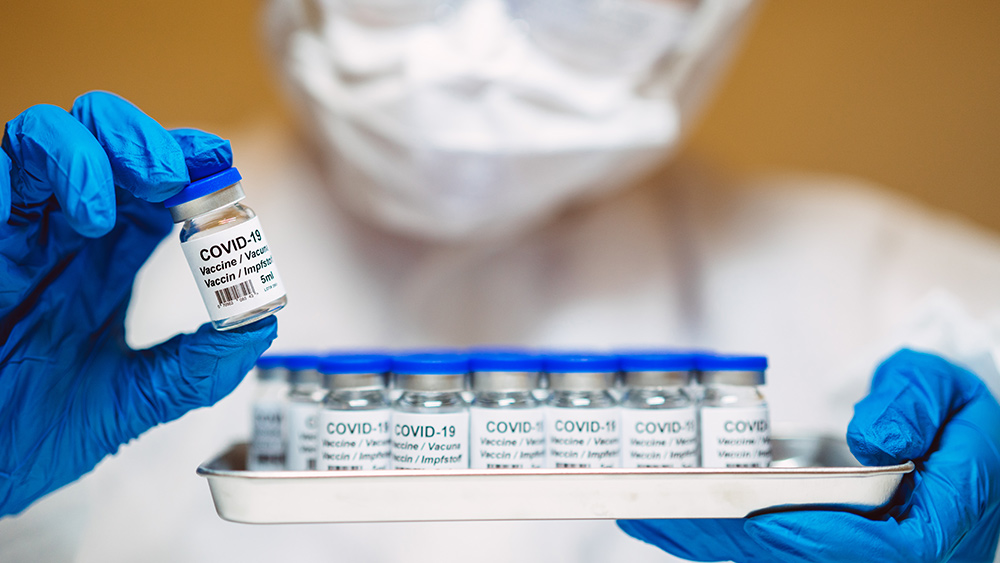 Parler
Parler Gab
Gab- Two companies unveiled photonic chips using light instead of electricity for faster, more efficient computing.
- These chips solve real-world problems better than current electronic processors, crucial as Moore's Law stalls.
- AI-driven demand meets photonic computing’s advantages — higher speed, bandwidth, and lower heat versus traditional chips.
- Lightmatter and Lightelligence overcame accuracy and scalability hurdles, enabling near-term data center deployment.
- Programmable photonic chips, like Cornell’s, offer multi-function adaptability, promising industry-wide AI and optimization breakthroughs.
The dawn of light-based computing
The long-standing trend known as Moore's Law – where the number of transistors on chips doubles roughly every two years – has reached physical limits. Computers based on regular electronic chips "are not going to be getting better," says Nick Harris, founder and CEO of Lightmatter. This technological plateau coincides with surging computing demands driven by artificial intelligence. Unlike conventional processors that use electrons, photonic chips use light particles (photons) to transport and process information, offering higher speeds, greater bandwidth, and improved efficiency because light doesn't suffer from electrical resistance or generate unwanted heat. The Lightelligence device, named PACE (Photonic Arithmetic Computing Engine), contains more than 16,000 photonic components and tackles complex optimization problems crucial for industries like finance, manufacturing, and shipping. Meanwhile, Lightmatter's processor integrates four light-based and two electronic chips, successfully running AI technologies and even playing classic Atari games like Pac-Man. "That's never been done" using any sort of alternative computer processing technology, according to Harris.Overcoming technical hurdles
Previous photonic chips struggled with integration into existing systems, accuracy limitations, and manufacturing scalability. A significant challenge involves accuracy since photonic computing relies on analog light signals rather than digital 1s and 0s. Lightmatter addresses this by stacking electronic chips atop its photonic ones to control data flow and reduce errors. Importantly, both solutions can be manufactured using current chip fabrication facilities. "These could be in real systems very soon," Rizzo says, estimating that the technologies could appear in data centers within five years.Cornell's programmable breakthrough
Researchers at Cornell University led by Ryotatsu Yanagimoto have developed programmable photonic chips that can be modified in real-time using light patterns. In one demonstration, they spelled out "Cornell" in second-harmonic light over time. "Our work shows that we can transcend the conventional one-device–one-function paradigm," say Yanagimoto and colleagues. This adaptability could enable a single device to perform multiple functions, greatly enhancing versatility.Industry-wide implications
These breakthroughs have far-reaching implications across multiple industries. For artificial intelligence, photonic processors offer the computational power needed for increasingly complex models. In financial services, manufacturing, and logistics, these processors could revolutionize optimization problems and resource allocation. The defense and telecommunications sectors stand to benefit from enhanced encryption, signal processing, and data transmission capabilities. The photonic processor "is not a lab prototype," Harris emphasizes. "This is a new type of computer. And it's here."Breaking free from silicon's constraints
As traditional computing approaches fundamental physical limitations, photonic computing represents a paradigm shift. The Cornell team's device, though currently showing modest performance, "can potentially be increased by a factor of ten or even one hundred through further engineering refinements," according to the researchers. With traditional chip advancement slowing precisely when AI demands accelerate, these photonic breakthroughs arrive at a pivotal moment in computing history. The light-based future of computing appears increasingly inevitable as researchers and companies demonstrate practical, scalable solutions that outperform their electronic predecessors. Sources for this article include: StudyFinds.org ScienceNews.org DiscoverMagazine.comEnigmatic “Gate of the Gods” in Peru revives debate over lost ancient civilization
By Willow Tohi // Share
CRISPR revives dire wolves, igniting de-extinction debate
By Willow Tohi // Share
Scotland’s digital ID system sparks “Big Brother” fears amid privacy backlash
By Willow Tohi // Share
Kawasaki unveils rideable ROBOT HORSE powered by hydrogen
By Ava Grace // Share
Governments continue to obscure COVID-19 vaccine data amid rising concerns over excess deaths
By patricklewis // Share
Tech giant Microsoft backs EXTINCTION with its support of carbon capture programs
By ramontomeydw // Share
Germany to resume arms exports to Israel despite repeated ceasefire violations
By isabelle // Share










